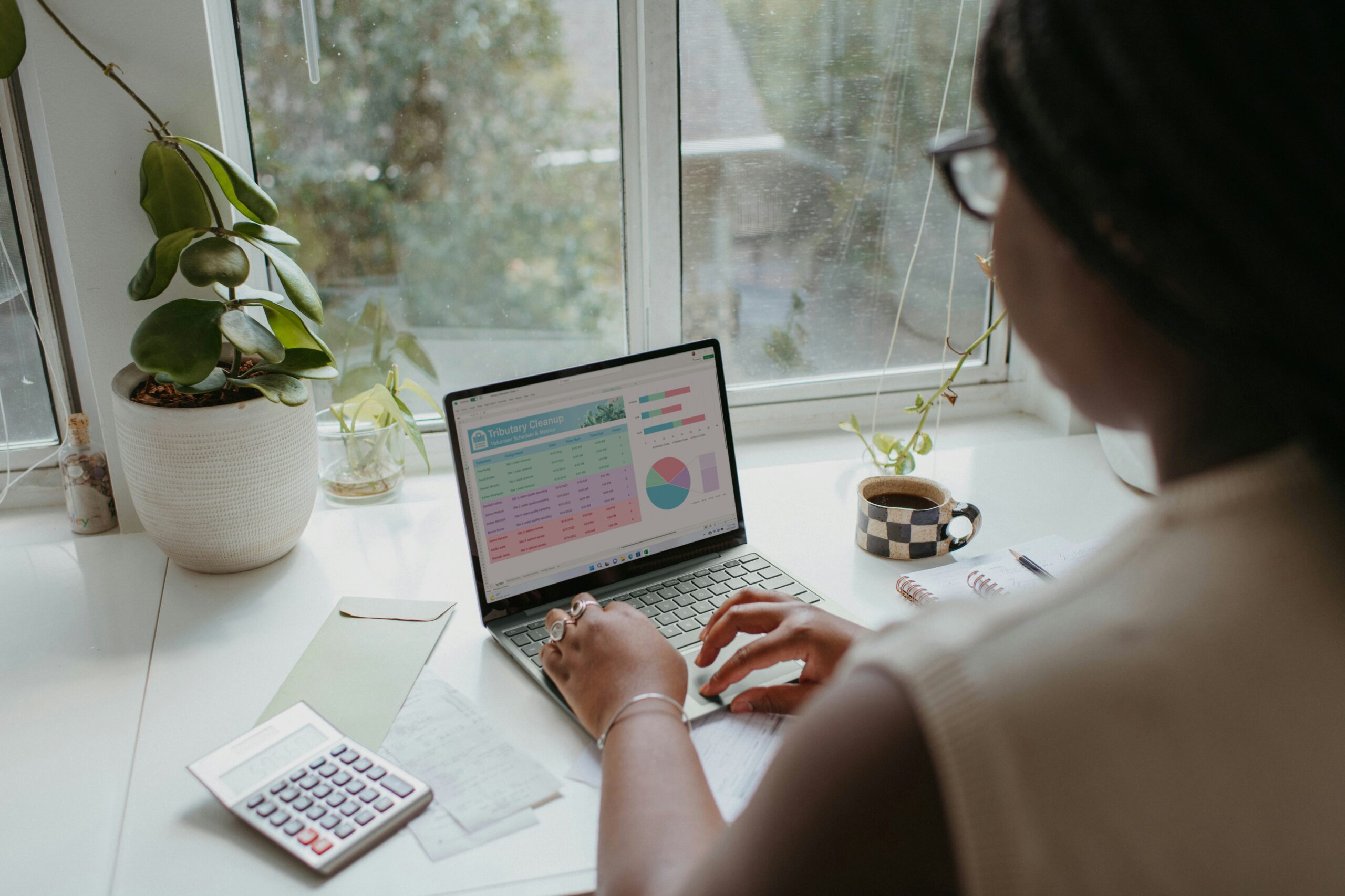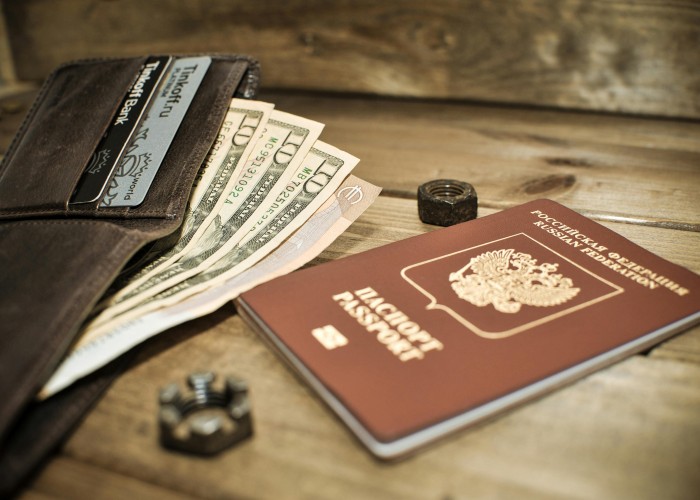Let’s be honest—managing your money isn’t always fun, and if you’re not someone who loves working with spreadsheets, tracking expenses in Excel can feel like a chore. But guess what? You don’t need Excel to take control of your finances. In fact, there are plenty of practical, beginner-friendly ways to track your expenses without formulas, charts, or complicated templates. How to Track Your Expenses Without Excel.
Welcome to the FINANCIAL ADVISOR USA BLOG, where we break down general financial tips for everyday people. I’m not a certified financial advisor or a chartered financial planner. I’ve simply created this blog to help others build better financial habits and make smarter money decisions. Whether you’re in the USA or anywhere else, this guide is here to help.
Let’s dive into the best ways to track your spending—no Excel required.
Why Tracking Your Expenses Matters
Before we talk about tools, let’s take a quick step back and understand why expense tracking is important.
- It creates awareness: When you track spending, you start to see where your money goes.
- It reduces waste: You’ll identify spending habits that are draining your budget.
- It helps with planning: Whether you’re saving for a goal or just want to stay on budget, knowing your numbers gives you control.
- It supports better decisions: Even financial consultants and independent financial advisors agree that money management starts with awareness.
You don’t have to be a math expert or a budgeting guru to stay on top of your finances. All you need is consistency—and a method that suits your lifestyle.
Method 1: Use Budgeting Apps (Free and Paid)
One of the easiest and most convenient ways to track your spending without Excel is through budgeting apps. These tools are designed to do the hard work for you—syncing with your bank account, categorizing your expenses, and giving you a clear snapshot of your financial activity.
Popular Budgeting Apps Include:
- Mint: Tracks spending, sets budgets, and monitors credit.
- PocketGuard: Shows how much is “safe to spend.”
- EveryDollar: Uses zero-based budgeting.
- Goodbudget: Based on the envelope system.
- YNAB (You Need A Budget): Helps plan your spending in advance.
These apps are especially helpful if you want automation. Most of them work well for beginners and are also recommended by some of the best financial advisors for day-to-day budgeting.
Tip: Start with a free app first and upgrade only if needed. Some apps offer syncing for multiple accounts or goal tracking in their premium plans.
Method 2: Use a Pen-and-Paper Expense Journal
Yes, old-school still works. In fact, writing things down can increase mindfulness about your money. This method requires no tech, no Excel, and no apps—just a notebook and a pen.
How to Get Started:
- Create three columns: Date, Category, and Amount.
- Record every expense daily.
- Total your weekly and monthly expenses.
- Compare with your income and budget goals.
Why it works: Writing by hand builds awareness and intention. It’s a great way to slow down and think before you spend. Many financial consultants believe that building strong habits is more powerful than fancy tools. How to Track Your Expenses Without Excel.
Method 3: Try Digital Notes or Expense Templates
If you want something more digital than pen and paper—but still simple—use your phone’s Notes app or Google Keep.
What to Do:
- Create a note titled “Monthly Expenses” or similar.
- Every time you spend, write it down.
- Add up totals weekly.
You can even create separate notes for categories like:
- Groceries
- Dining
- Subscriptions
- Utilities
- Transportation
This method doesn’t need syncing, passwords, or downloads. It’s low-tech, but still very effective.
Method 4: Use Banking Apps’ Built-In Tools
Many banks in the USA now include expense tracking features within their apps. They categorize your spending, show you monthly summaries, and even highlight trends.
What You’ll Find:
- Auto-categorized transactions
- Monthly reports
- Alerts when you overspend
- Budget-setting options
Advantages:
- No need for a separate app
- Real-time data from your actual transactions
- Saves time and effort
It’s a good starting point, especially if you want to avoid third-party apps or tools. Plus, the insights you get here align with what an investment advisor or financial consultant might review during a financial planning session.
Method 5: Use a Whiteboard or Wall Chart
If you’re a visual person, this could be a game-changer. Use a whiteboard, corkboard, or wall chart to map your income, expenses, and savings goals each month.
How It Works:
- Divide the board into sections: Income, Fixed Expenses, Variable Expenses, Savings.
- Update the board as you spend throughout the week.
- Use sticky notes or markers to make it interactive.
Why it helps: Seeing your financial picture every day makes it harder to ignore. It also encourages your household (partners or kids) to stay involved. Even chartered financial planners often recommend using visuals to stay motivated. How to Track Your Expenses Without Excel.
Method 6: Use a Calendar for Expense Logging
Your monthly calendar can become your budget tracker. This is especially useful if you have bills on different days or variable expenses.
How to Do It:
- Write down each expense on the date it occurred.
- Highlight due dates for bills or subscriptions.
- Add weekly total reminders on Sundays.
Digital calendar tools like Google Calendar or physical planners work equally well. You’ll start to notice patterns in your spending habits—like when you tend to spend the most—and that can guide you to adjust.
Method 7: Use Prepaid Cards for Budgeting
Another smart way to track expenses without Excel is using prepaid debit cards. These cards allow you to load a specific amount of money onto them—once it’s gone, it’s gone.
Benefits:
- Forces spending limits
- Easy to track
- Some prepaid cards come with mobile apps that categorize expenses
This is a good option for categories that often go out of control—like shopping, dining out, or entertainment. Many independent financial advisors suggest using prepaid methods for better control without the risk of credit card debt.
Method 8: Voice Notes or Expense-Tracking Voice Assistants
If you’re always on the go, try using voice memos or smart assistants like Google Assistant or Siri to record your expenses.
Example:
“Hey Siri, note $20 for gas today.”
At the end of each day or week, review your notes and enter them into your chosen tracking method. This works best if you want to quickly capture data without pulling out a notebook or app.
Tips to Stay Consistent
Tracking expenses isn’t about perfection—it’s about awareness and progress. No matter which method you choose, here are some tips to stay consistent:
- Set a weekly reminder to review your spending.
- Keep your tracking method accessible—on your phone or desk.
- Don’t judge your spending—observe and adjust.
- Celebrate small wins, like staying under budget for one category.
- Keep learning through blogs like ours at https://financialadvisorinusa.com/blog/
For more about why this blog exists, check out our About Us page.
Which Method Should You Choose?
You don’t have to be a certified financial planner or work with the best financial advisors to start managing your money. The goal is to find a method that you’ll actually use—day after day.
Ask yourself:
- Do I want automation or simplicity?
- Am I always near my phone, or do I prefer writing things down?
- Do I like visual cues or structured logs?
There’s no one-size-fits-all. You can even combine two or three of the above methods to create a system that works just for you.
Final Thoughts
Tracking your expenses doesn’t require Excel, fancy formulas, or financial software. It just needs a little consistency and the right approach. Whether you use an app, a notebook, or your bank’s own tools, what matters is that you stay aware of your money. How to Track Your Expenses Without Excel.






Leave a Reply